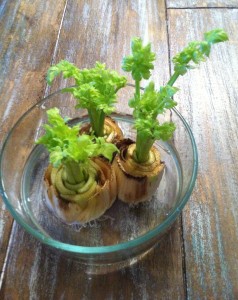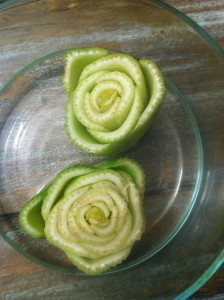How to Revive and Regenerate Your Celery With One Easy Technique in 1 Hour!

Celery comes from the Unbelliferae family along with parsley and fennel. The average celery can grow up to 16 inches tall. The White celery is grown without full exposure of the sunlight and thus contains less chlorophyll, unlike the green ones. The common recipes for celery are soup or salad and sometimes it is a good mix for sweeter fruits such as juices due to its salty taste.
Unlike apples or spinach, the crunchy, low-cal vegetable has huge benefits to your health but it is somewhat unknown to the people. However, once you get to know what celery can do to your health, which is endless, you will be amazed at how this stalk can change your health in positive ways.
Now you can enjoy the unlimited health benefit of celery. Below is the primary content of celery:
1. Vitamin A
2. Vitamins B1, B2, and B6
3. Vitamin C
4. Potassium
5. Folate
6. Calcium
7. Magnesium
8. Iron
9. Phosphorus
10. Sodium
11. And a whole bunch of amino acids.
How do you like to eat your celery? This is a very good food to be snacking on and if you keep them clean and at the ready in the refrigerator, you may find yourself, going for a piece of celery instead of other snack choices. Celery and peanut butter taste great together, so you can slather it on! How about 'ants' on a log', with you place a few raisins on the peanut butter. Kids love this one.
But what should you do if the celery you bought turn into a stock of limp, floppy celery? Can it be revived back into the crunchy stalk? The answer is yes! As a matter of fact, you can use the base of the stalk to grow another stalk of celery.
We don't want to give away all the secrets, so we invite you to visit 'The Mamas Girls' website below for pictures and more great info.
Learn MORE / Get RECIPE at Good Ideas For You
To help with slow website load, we have put all photos for this article here: View photo gallery.


.jpg)







